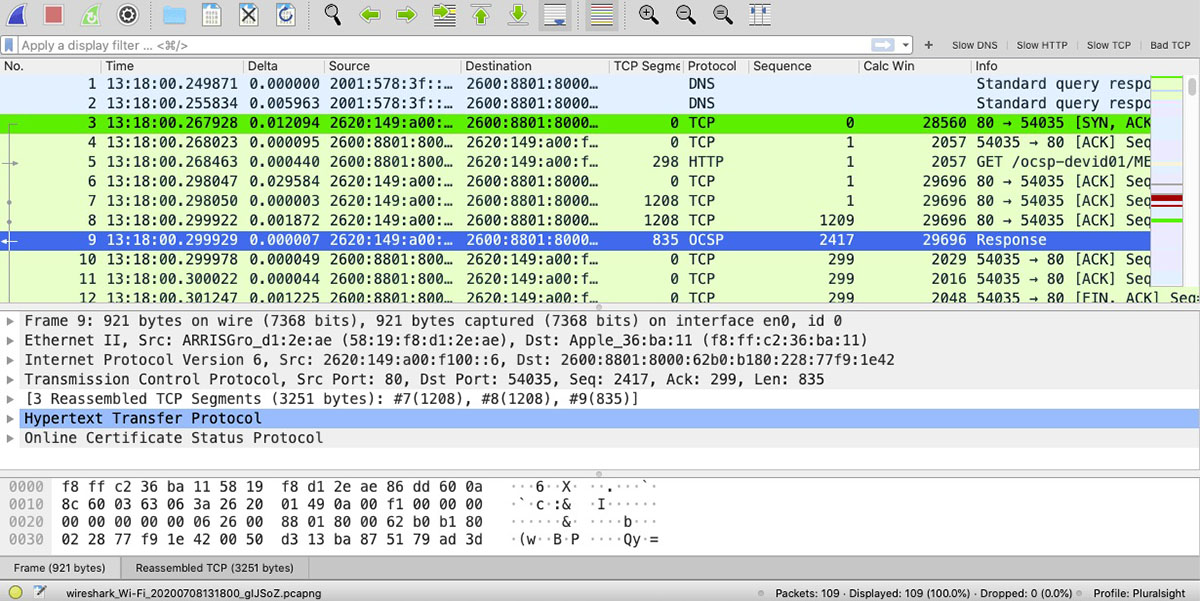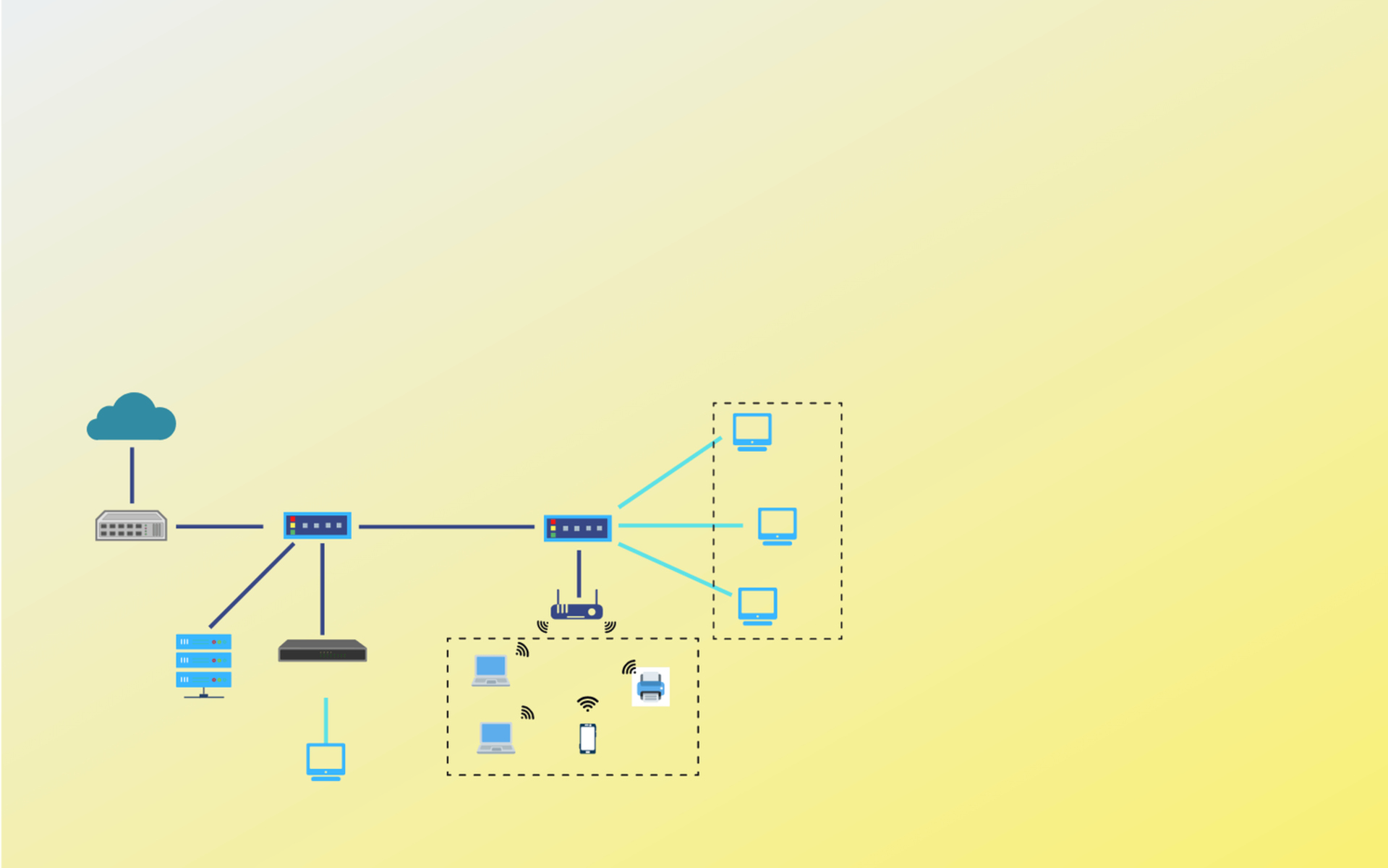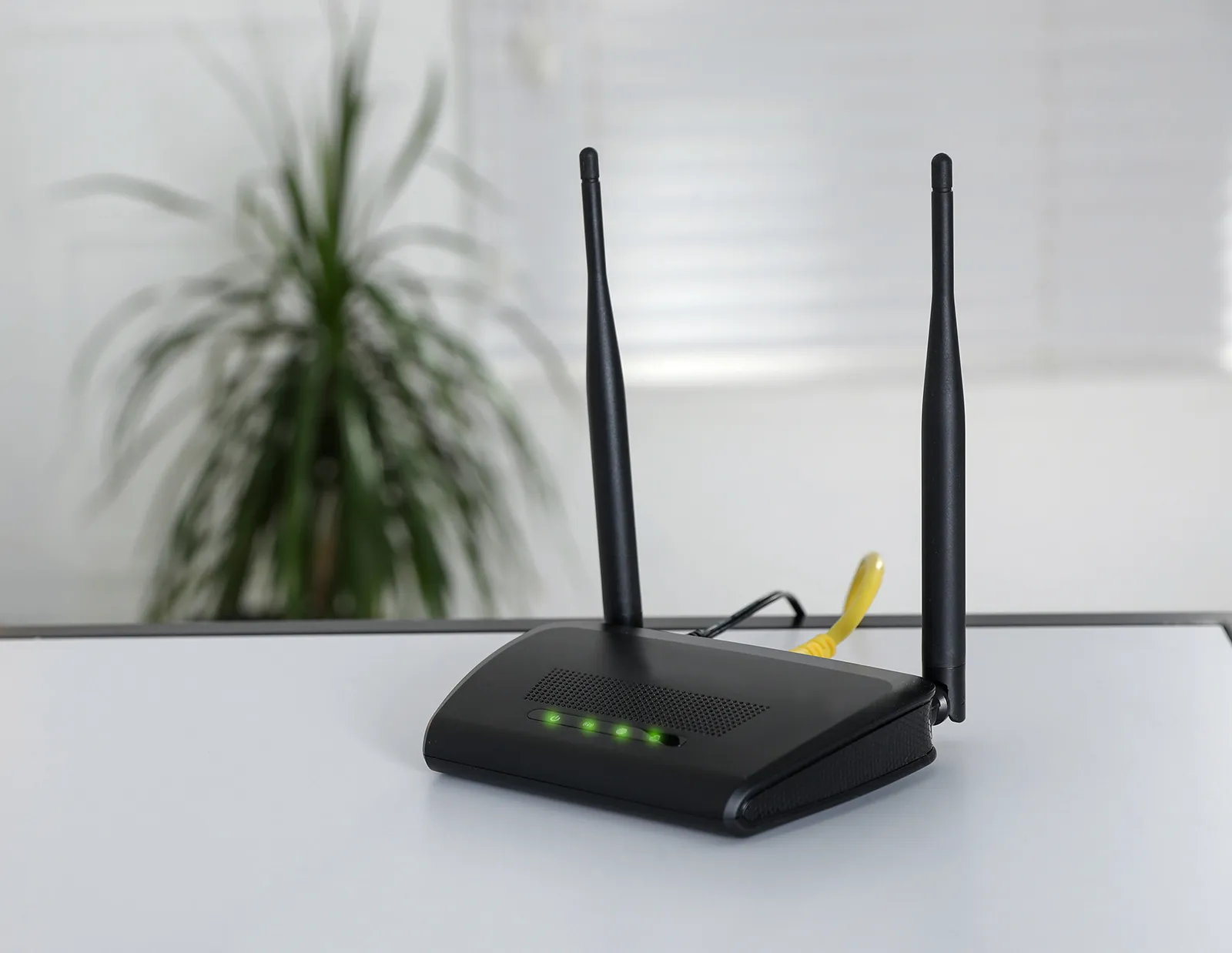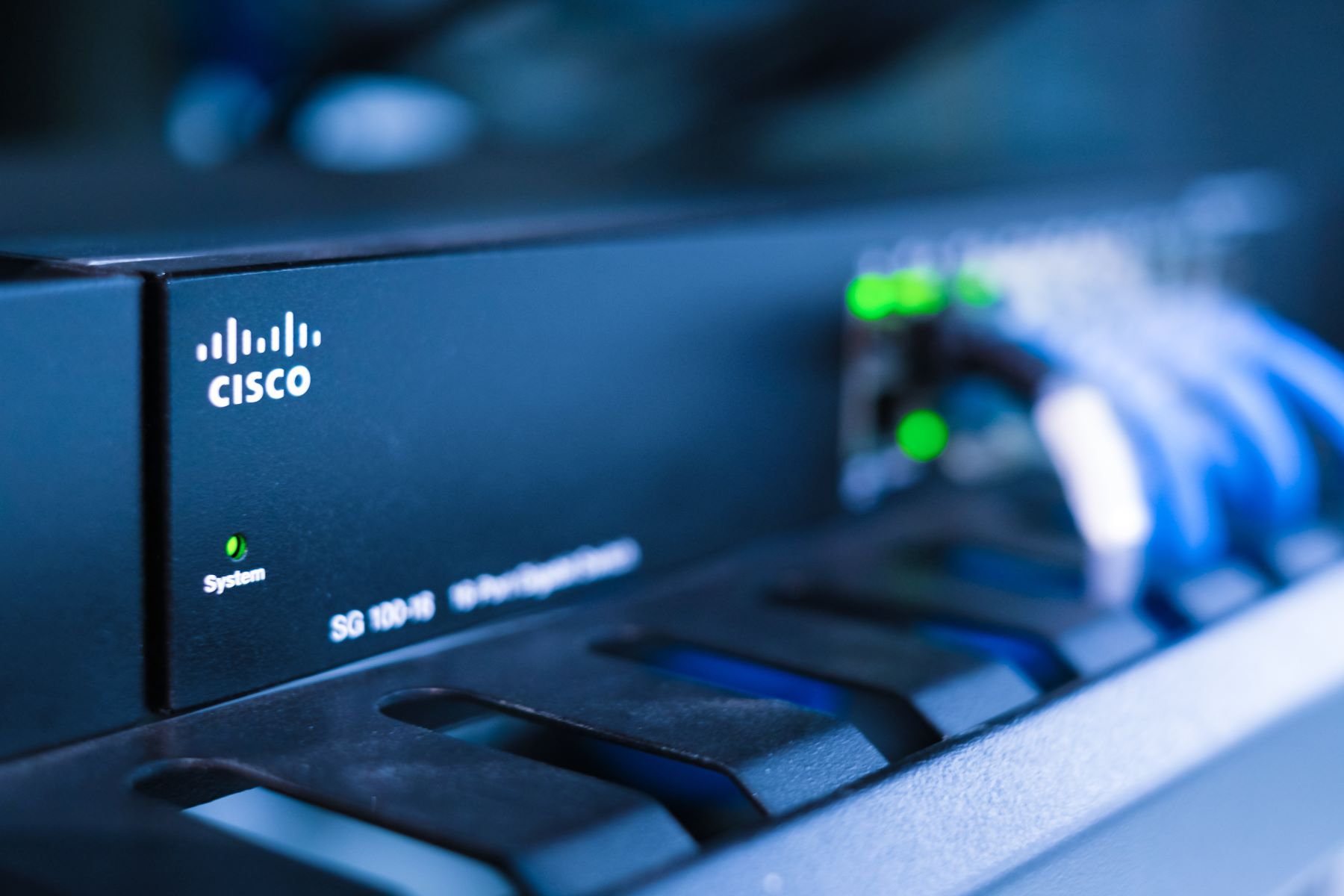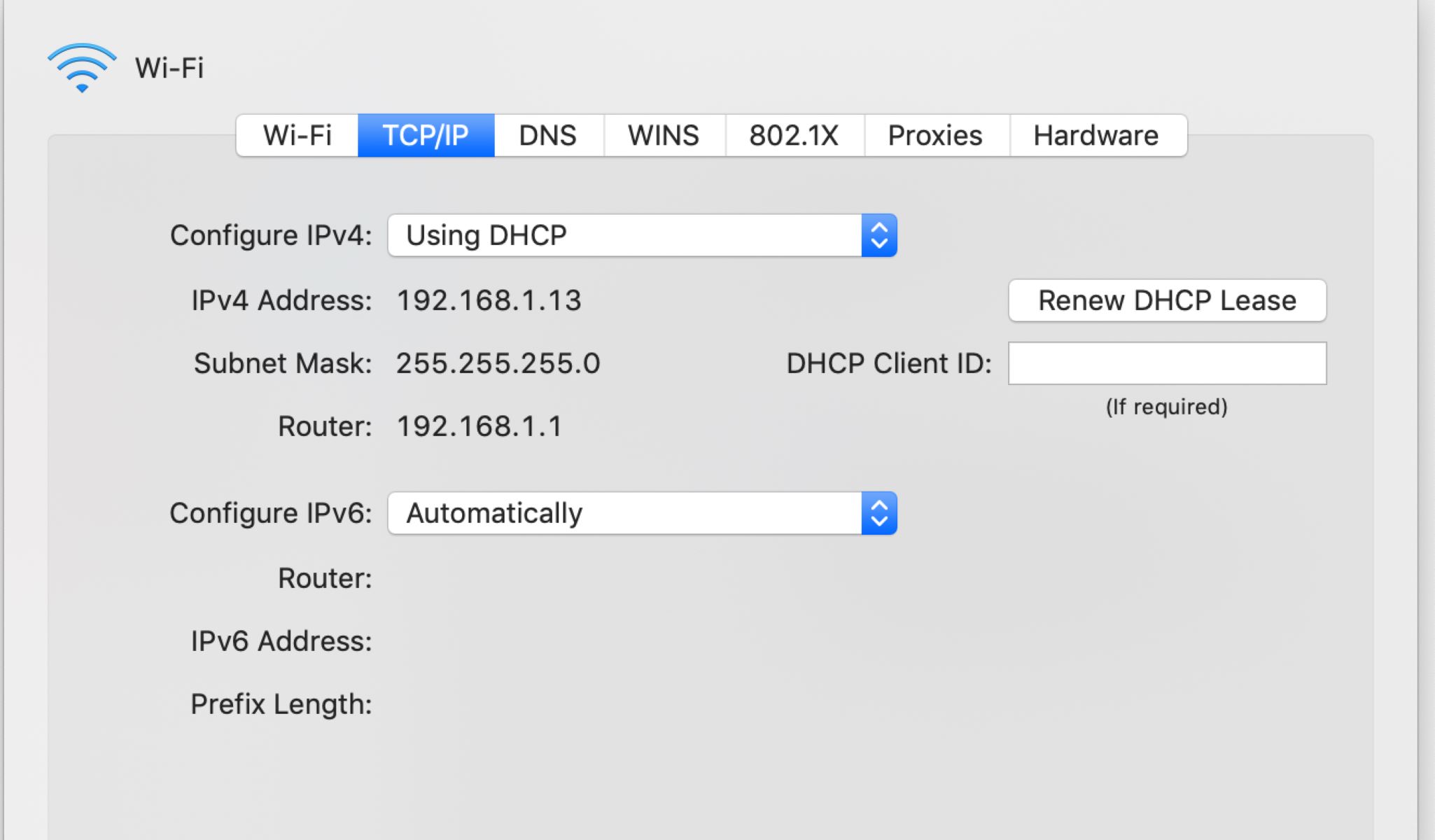Introduction
When it comes to managing networking connections, it is essential to have tools that provide valuable information about the current connections, including IP addresses and port numbers. Having this information at your fingertips is crucial for network administrators, developers, and IT professionals to troubleshoot issues, analyze network traffic, and ensure the overall health and security of a network.
Fortunately, there are specific commands that can be used to retrieve this information. By knowing the right command and the correct options, you can easily list current connections and get insights into IP addresses and port numbers. In this article, we will explore the command that precisely lists only current connections, including IP addresses and port numbers.
To make the process even more convenient, we will break down the different aspects of the command and explain how they work. Whether you are a beginner or an experienced user, this guide will help you navigate the world of networking and gain the necessary knowledge to manage connections effectively.
Without further ado, let’s dive into the command options and learn how to list current connections, including IP addresses and port numbers.
Command Options
Before we delve into the details of listing current connections, including IP addresses and port numbers, let’s familiarize ourselves with the command options commonly used for this purpose.
1. -a: This option stands for “all” and instructs the command to display all connections, including those in a listening state. It provides a comprehensive view of both active and inactive connections.
2. -n: The “-n” option stands for “numeric” and tells the command to display IP addresses and port numbers in numeric form rather than resolving them to hostnames. This is useful for quickly obtaining precise information without the need for DNS lookups.
3. -p: When you append the “-p” option to the command, it shows the associated process or service for each connection. This can be extremely helpful in identifying which application or program is responsible for a particular connection.
4. -u: The “-u” option restricts the command output to only UDP (User Datagram Protocol) connections. This is useful if you want to focus solely on UDP connections and exclude other types, such as TCP (Transmission Control Protocol) connections.
5. -t: Conversely, the “-t” option limits the command output to only TCP connections. This option is handy if you specifically need to analyze TCP connections and exclude other protocols.
6. -l: The “-l” option is another practical option that displays only listening connections. This is particularly useful for identifying open ports on a system and ensuring that only desired services are listening.
7. -e: This option provides additional details about the connection, such as the state, the local and foreign addresses, and the process ID (PID) or program name associated with the connection. It adds further context to the command output and facilitates in-depth analysis.
By utilizing these various command options, you can tailor the output to suit your specific needs, whether you are looking for a general overview of all connections, focusing on a particular protocol, or identifying the applications behind the connections.
List Current Connections
Now that we have familiarized ourselves with the command options, let’s see how we can use them to list the current connections, including IP addresses and port numbers.
To begin, open up your command prompt or terminal and enter the appropriate command. The exact command may vary depending on the operating system you are using. For example, on Windows, the command is typically “netstat,” while on Linux-based systems, it is often “netstat” or “ss.”
Once you’ve entered the command, you’ll see a list of connections along with relevant information. This can include the protocol (TCP or UDP), local and foreign addresses, the state of the connection, and more.
By default, the command will display all connections, both active and inactive. However, you can use the “-a” option to specifically list all connections, including those in a listening state. This can be helpful for obtaining a comprehensive overview of the network connections.
If you prefer to view the connections using numeric IP addresses and port numbers, you can add the “-n” option to the command. This option prevents hostname resolution and provides the data in a numeric format, enabling faster and more precise analysis.
Additionally, you can leverage the “-p” option to display the associated process or service for each connection. This is particularly useful in identifying the applications or programs responsible for specific connections. It allows you to trace back network activity to its source and troubleshoot any issues more effectively.
In some cases, you might only be interested in a specific type of connection, such as TCP or UDP. To filter the output accordingly, you can use the “-t” option for TCP connections or the “-u” option for UDP connections. This way, you can focus solely on the connections relevant to your analysis.
Lastly, if you want to see only the listening connections, which are the ones actively waiting for incoming connections, you can utilize the “-l” option. This helps to identify open ports and ensure that desired services are listening, providing an added layer of security.
By utilizing these command options effectively, you can easily list the current connections, including their IP addresses and port numbers. This information is invaluable for monitoring network activity, troubleshooting issues, and enhancing the overall security and performance of your system.
Include IP Addresses
When listing current connections, including IP addresses is crucial for gaining insights into the network activity. Fortunately, the command we discussed earlier provides options to include IP addresses, allowing you to obtain specific information about the source and destination of each connection.
To include IP addresses in the command output, you can use the “-n” option. This option ensures that the IP addresses and port numbers are displayed in numeric format instead of being resolved to hostnames. By using numeric IP addresses, you can quickly identify the exact source and destination of each connection without relying on potentially time-consuming DNS lookups.
The inclusion of IP addresses provides valuable information for various purposes. For example, you can monitor the network traffic originating from specific IP addresses, identify potential security threats, and troubleshoot connectivity issues by tracing the route of the connections.
In addition to the IP addresses, the command may also provide details about the state of the connections, such as whether they are established, closed, or listening. This information allows you to assess the current state of the network and identify any abnormalities or potential issues.
By including IP addresses in the command output, you gain a clearer picture of the network connections and can perform more thorough analysis. This knowledge is essential for managing network infrastructure, identifying bottlenecks, and ensuring the overall stability and security of your system.
Include Port Numbers
Listing port numbers along with current connections provides critical information about the specific services or applications associated with each connection. By including port numbers in the command output, you can gain a deeper understanding of the network traffic and pinpoint the purpose of each connection.
To include port numbers in the command output, you can use the appropriate command options discussed earlier. Whether it’s the “-n” option for numeric display or the “-e” option for additional details, both options ensure that the port numbers are readily available for analysis.
Port numbers serve as unique identifiers for different services and applications running on a network. By knowing which port number is associated with a specific connection, you can quickly identify the corresponding service or application responsible for the communication.
This information is invaluable for managing and troubleshooting network infrastructure. For example, if you notice a high volume of connections on a particular port, it may indicate that a service is experiencing heavy usage or potentially under attack. On the other hand, a listening port without any active connections may suggest an unused or misconfigured service.
In addition to facilitating network monitoring and troubleshooting, including port numbers also helps with network security. By being aware of which ports are open and actively used, you can implement appropriate security measures, such as firewall rules, to allow or restrict access to specific services.
By including port numbers in the command output, you gain a comprehensive view of the network connections and can make informed decisions regarding maintenance, optimization, and security. This knowledge empowers you to ensure the smooth and secure operation of your network infrastructure.
Final Thoughts
Managing and analyzing network connections is a critical aspect of maintaining a secure and efficient network infrastructure. With the command options we explored in this article, you can easily list current connections, including IP addresses and port numbers, providing valuable insights into your network activity.
By utilizing the “-a” option, you can obtain a comprehensive view of both active and inactive connections, while the “-n” option ensures that IP addresses and port numbers are displayed in numeric format, enabling faster and more precise analysis. Adding the “-p” option associates each connection with its corresponding process or service, helping you identify the applications or programs responsible for network activity.
Furthermore, the “-t” and “-u” options allow you to filter the output based on specific protocols, such as TCP or UDP connections, while the “-l” option narrows down the list to only the listening connections. All of these options combined provide you with the necessary flexibility to focus on the connections most relevant to your analysis.
Including IP addresses and port numbers in the command output enhances your understanding of the network traffic, allowing you to monitor and troubleshoot connectivity issues, identify potential security threats, and optimize network performance. With this knowledge, you can make informed decisions to ensure the stability, security, and efficient operation of your network infrastructure.
So the next time you need to list current connections, remember the command options discussed in this article. By mastering these commands and leveraging their various options, you will have the tools at your disposal to effectively manage and analyze your network connections.







